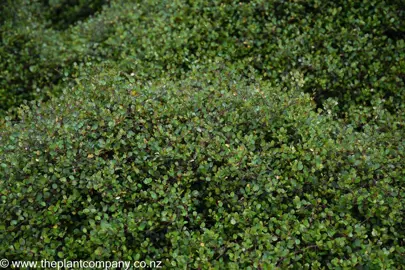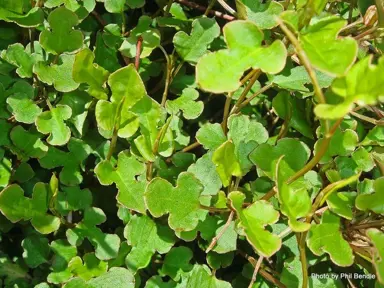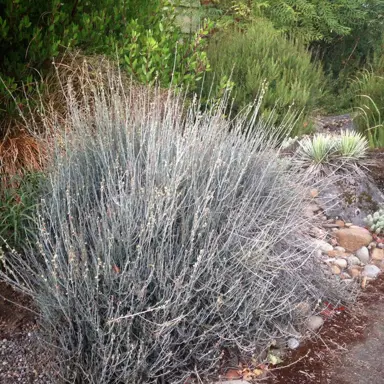Muehlenbeckia complexa (Pohuehue)
Pohuehue, Creeping Wire Vine, Maidenhair Creeper, Maidenhair Vine
Muehlenbeckia complexa (Pohuehue) is a vigorous, hardy NZ native climber or groundcover. It features wiry, twining stems and small, glossy green leaves that create dense coverage. Growing up to 4 m wide and 2 m high, it’s perfect for fences, banks, or walls. Pohuehue tolerates wind, salt spray, and dry conditions once established. Small, white flowers are followed by black berries, attracting birds and making it an excellent choice for both erosion control and biodiversity.













